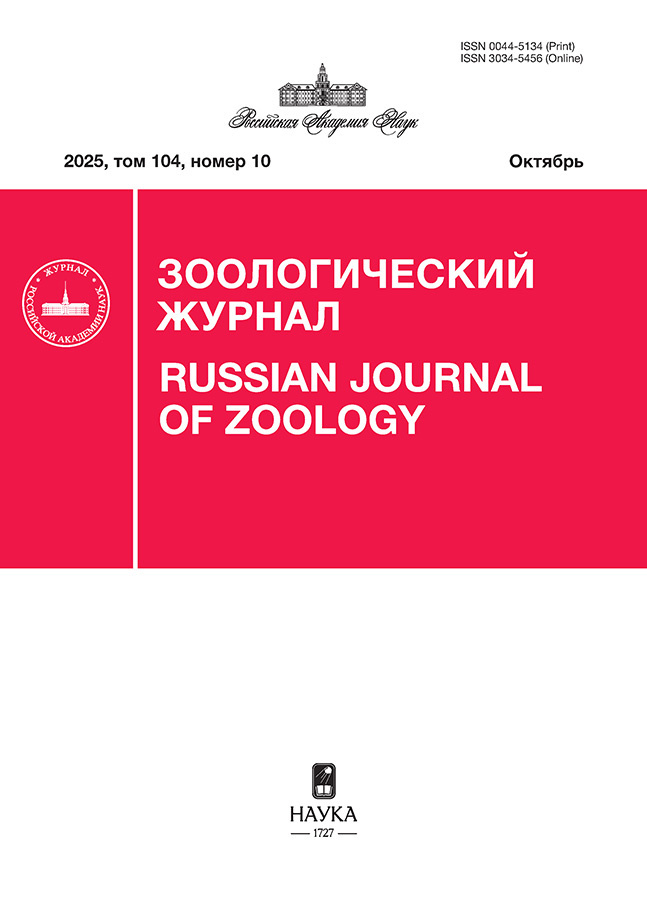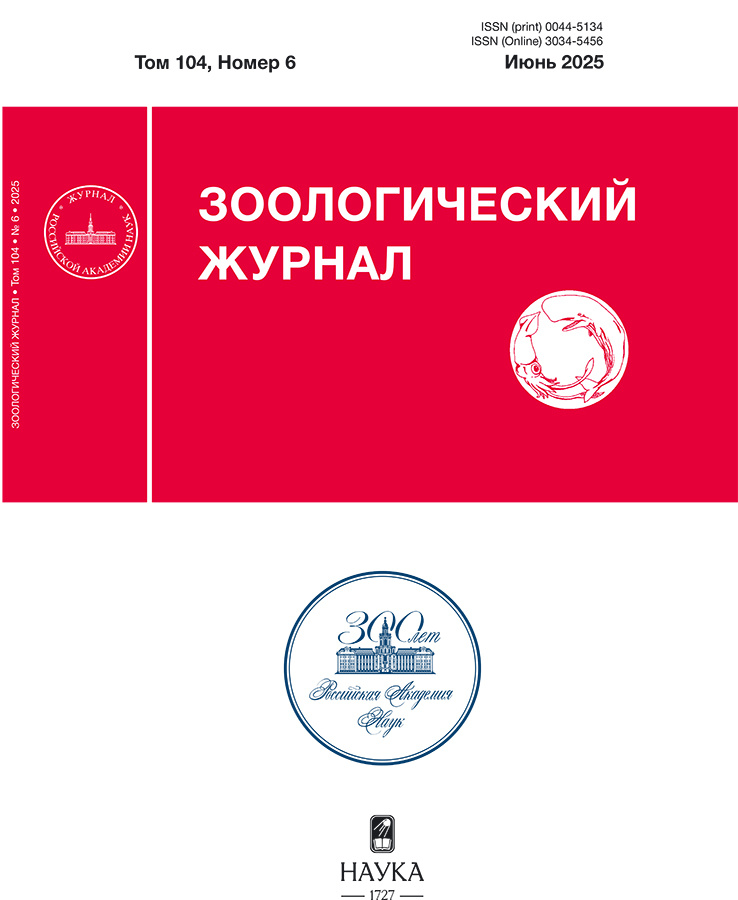Sleep characteristics as a comparative indicator of vigilance in reindeer populations (Rangifer Tarandus)
- Authors: Baskin L.M.1
-
Affiliations:
- A. N. Severtsov Institute of Ecology and Evolution, Russian Academy of Sciences
- Issue: Vol 104, No 6 (2025)
- Pages: 89-92
- Section: ARTICLES
- URL: https://rjdentistry.com/0044-5134/article/view/687182
- DOI: https://doi.org/10.31857/S0044513425060076
- EDN: https://elibrary.ru/avwsgq
- ID: 687182
Cite item
Abstract
During the rest periods of reindeers’ daytime we recorded “looking around”, “waking”, “dozing” and “sleeping”. Observations were made through a telescope from a distance sufficient to avoid disturbing the animals. We studied wild reindeer from the Snøhetta Mountains, Norway and the Spitsbergen Archipelago populations, feral reindeer from the Forelhogna Mountains Norway, the Wrangel Island populations and domestic reindeer from the Chukotka Peninsula. Reindeer from the Snøhetta Mountains, the Spitsbergen Archipelago and the Forelhogna Mountains populations were studied in winter to early spring (during the snowy period). Reindeer from the Wrangel Island and the Chukotka Peninsula were observed in June to July, during the snowless period. The duration of individual sleep episodes in the wild Snøhetta reindeer averaged about 4 minutes, vs 2 to 3 minutes in domestic and feral reindeer. Highly reliable differences in sleep episodes were found between the Snøhetta Mountains reindeer and other populations, except for the Forelhogna reindeer, whose differences, together with the Snøhetta Mountains reindeer, were only close to the reliable level (p = 0.076). The Wild Spitsbergen archipelago reindeer failed to differ from both the domestic Chukotka Peninsula reindeer and the feral Wrangel Island reindeer. For comparison, we used our data on the flight distance of reindeer when approached by humans in the same populations. Flight distances and the duration of sleep episodes in the Snøhetta Mountains reindeer differ from those all other populations, and the characteristics of the wild Spitsbergen archipelago reindeer were close to those of the domestic Chukotka Peninsula reindeer. Domestic reindeer of the Chukotka Peninsula were studied in the summer, when reindeer gather in dense masses to rest (herd size more than 3,000). Neighboring reindeer at rest often interfere with each other.
Keywords
Full Text
About the authors
L. M. Baskin
A. N. Severtsov Institute of Ecology and Evolution, Russian Academy of Sciences
Author for correspondence.
Email: baskinlm@mail.ru
Russian Federation, 119071, Moscow
References
- Баскин Л.М., 1970. Северный олень. Экология и поведение. М.: Наука. 150 c.
- Баскин Л.М., 2009. Северный олень. Управление поведением и популяциями. Оленеводство. Охота. М.: Товарищество научных изданий КМК. 300 с.
- Баскин Л.М., Скугланд Т., 2001. Бдительность и пугливость северных оленей: популяционные различия // Журнал общей биологии. Т. 62. № 1. С. 92–98.
- Ковальзон В.М., 2024. Нейробиология бодрствования и сна. М.: URSS. 416 c.
- Baskin L.M., 1983. The causes of reindeer mortality // Acta Zoologica Fennica. V. 175. P. 133–134.
- Campbell S.S., Tobler I., 1984. Animal sleep: a review of sleep duration across phylogeny // Neuroscience and Behavioral Reviews. V. 8. P. 269–300.
- Colman J.E., 1995. Summer flight distances of Svalbard reindeer after disturbance by humans on foot. Manuscript. 43 p.
- Furrer M., Meier S.A., Jan M., Franken P., Sundset M.A., Brown S.A., Gabriela C., Wagner G.C., Huber R., 2024. Reindeer in the Arctic reduce sleep need during rumination // Current Biology. V. 34. P. 427–433.
- Geist V., Baskin L., 2021. Predator pits or biological desert in Siberia and North America: unnatural faunal distortions introduce by human mega-faunal extinctions // Beitrage zur Jagd & Wild forschung. V. 46. P. 37–50.
- Lima S.L., Rattenborg N.C., Lesku J.A., Amlaner C.J., 2005. Sleeping under the risk of predation // Animal Behavior. V. 70. P. 723–736.
- Lyamin О.I., Siegel J.M.P., Nazarenko E A., Manh Vu., Rozhnov V.V., 2023. Sleep with Open Eyes in Two Species of Deer, the Indian Sambar (Rusa unicolor) and Sika Deer (Cervus nippon) // Doklady Biological Sciences. V. 512. P. 295–299.
- Røed K.H., 1986. Genetic variability in Norwegian wild reindeer (Rangifer tarandus L.) // Hereditas. V. 104. P. 293– 298.
- Skogland T., 1989. Comparative social organization of wild reindeer in relation to food, mates and predator avoidance. Berlin i Hamburg: Paul Parey Publ. 74 p.
- Walther F.R., 1969. Flight behaviour and avoidance of predators in Thomson’s gazelle (Gazella Thomsoni Guenther, 1884) // Behaviour. V. 34. P. 184–221.
Supplementary files











